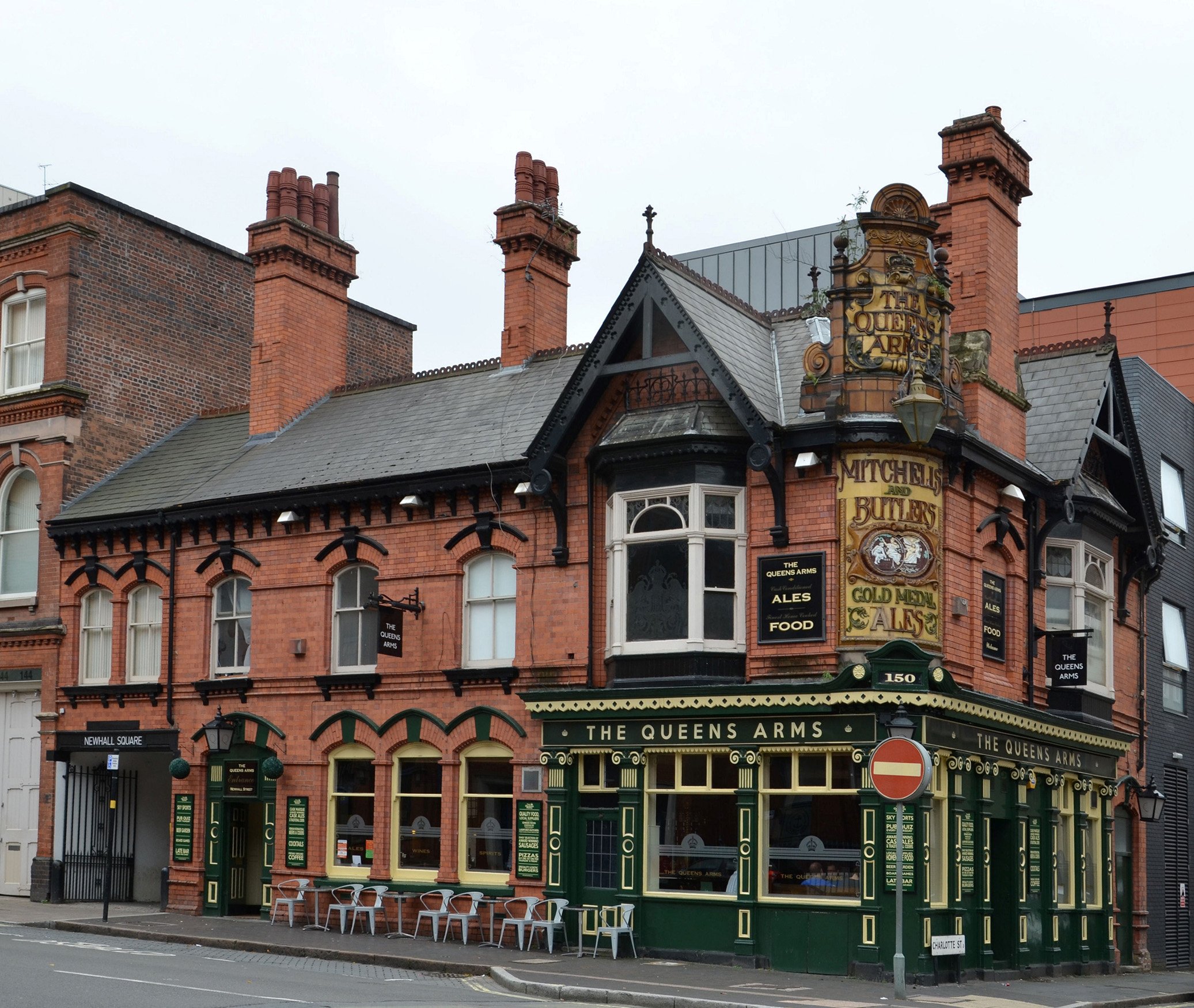New Research Shows Heritage Boosts Your Wellbeing
Historic England has published new research which shows that the overall wellbeing value for people’s day-to-day encounters with heritage is estimated to be worth £29 billion every year in England.
Funded by the Department for Culture, Media and Sport (DCMS) through its Culture and Heritage Capital Programme, Historic England’s 'Heritage Capital and Wellbeing: Examining the Relationship Between Heritage Density and Life Satisfaction' report demonstrates that, as with the positive impact of green spaces on wellbeing, the very presence of nearby historic places benefits residents’ quality of life, whether or not they participate in heritage activities.
The report was launched today at 'The Wellbeing and Heritage Conference' in Northampton.
About the report
The research investigated the impacts of different types of heritage, including listed buildings (Grade I, Grade II* and Grade II buildings), scheduled monuments, protected wrecks, registered parks and gardens, battlefields and world heritage sites.
The analysis demonstrates that Grade II listed buildings, which represent 92% of England’s historic places on the National Heritage List for England, are the main drivers of life satisfaction increases. This suggests that it is proximity to a wealth of everyday local heritage – rather than the presence of rare, exceptional historic places – that is responsible for driving most higher life satisfaction.
This research is unique as no previous studies have quantified the wellbeing value of the very existence of heritage. It follows similar approaches within environmental economics, which have evidenced wellbeing gains from being close to urban green spaces in Germany and Britain.
More commonly, studies have used economic techniques to consider the wellbeing value of active participation, such as Sports England finding that participation in sports is estimated to be worth £31 billion to 24 million people.
Historic England’s research considers other factors that influence life satisfaction including socioeconomic characteristics, local prosperity and health data. The findings show that even after accounting for such factors, heritage has a significant role to play in improving wellbeing, demonstrating the importance of conserving and protecting historic places.
Lord Neil Mendoza, Chairman of Historic England and Chair of the Culture Heritage and Capital Board at the Department for Culture, Media and Sport (DCMS), said:
"For the first time, we have robust economic evidence that heritage makes a significant contribution to people’s quality of life. We all value the role that green spaces play in ensuring wellbeing; this new ground-breaking research shows us that the everyday local heritage found in towns and cities across England plays a comparable and valuable role.
This is the first research to quantify the wellbeing value of the very existence of heritage, whether or not people participate in heritage activities. For example, the value of £515 a year whether someone interacts with the small civic museum or village church, or not.
This Historic England research, funded by the Culture Heritage Capital programme, is supported by DCMS and HM Treasury. It is a vital partnership that will help inform policy to support the conservation of the much-loved historic places and buildings that surround us, boosting national wellbeing for current and future generations."
People often experience emotional connections with their local heritage, yet the link between heritage and wellbeing is frequently overlooked in economics. This innovative research uses economic techniques to demonstrate that heritage is not just a nice to have; it has significant, measurable impacts on our overall wellbeing.
As the first in a series of economic research projects produced by Historic England, funded by the DCMS Culture and Heritage Capital Programme and guided by HM Treasury's Green Book, this research provides compelling economic evidence that demonstrates the value of heritage, and reinforces the importance of the advocacy and conservation efforts made by volunteers, community groups and the heritage sector to protect historic places.





